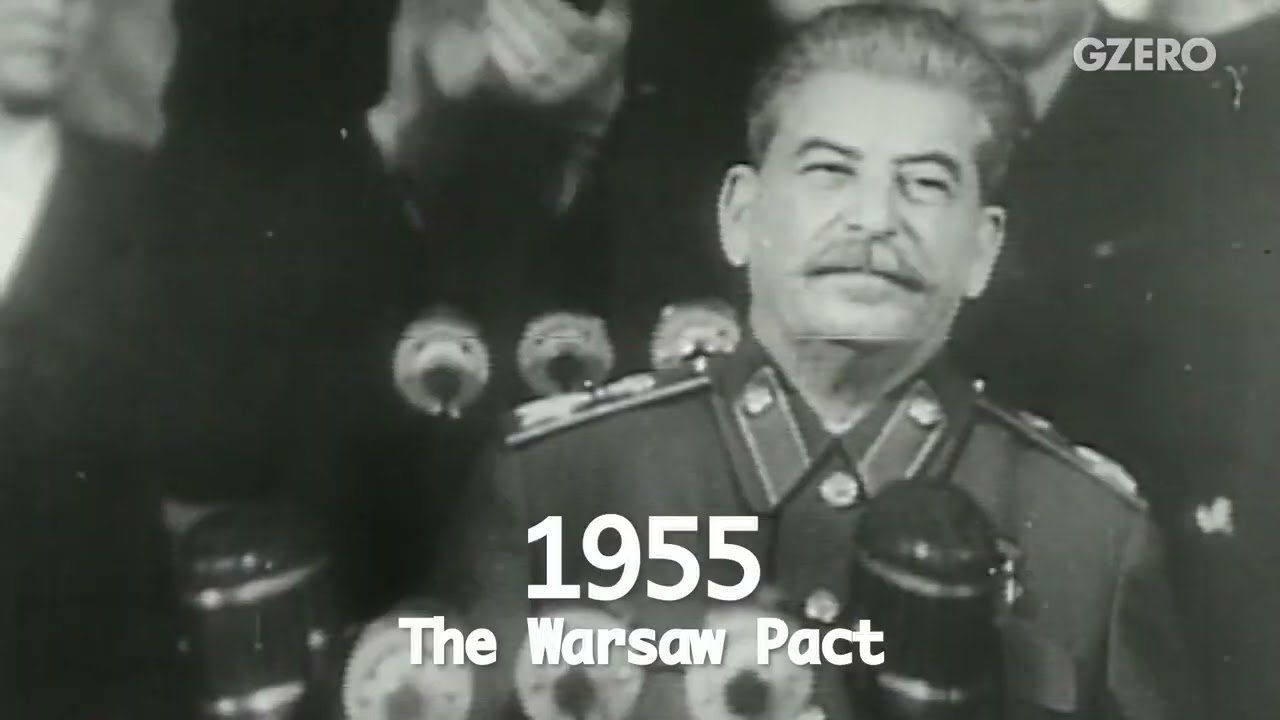
From foes to friends: NATO's history of absorbing its enemies | GZERO World
NATO and Russia have been enemies since the beginning of the Cold War. But could there be a time in the future where Russia is a partner, maybe even an ally? That's not happening any time soon, but if history is any indication, it's not such a crazy idea: alliance has absorbed its enemies before.
GZERO World goes back in time to the height of the Cold War, nuclear paranoia, and the formation of the Warsaw Pact in 1955.
Let's talk a walk down NATO memory lane. Don't forget to duck and cover.